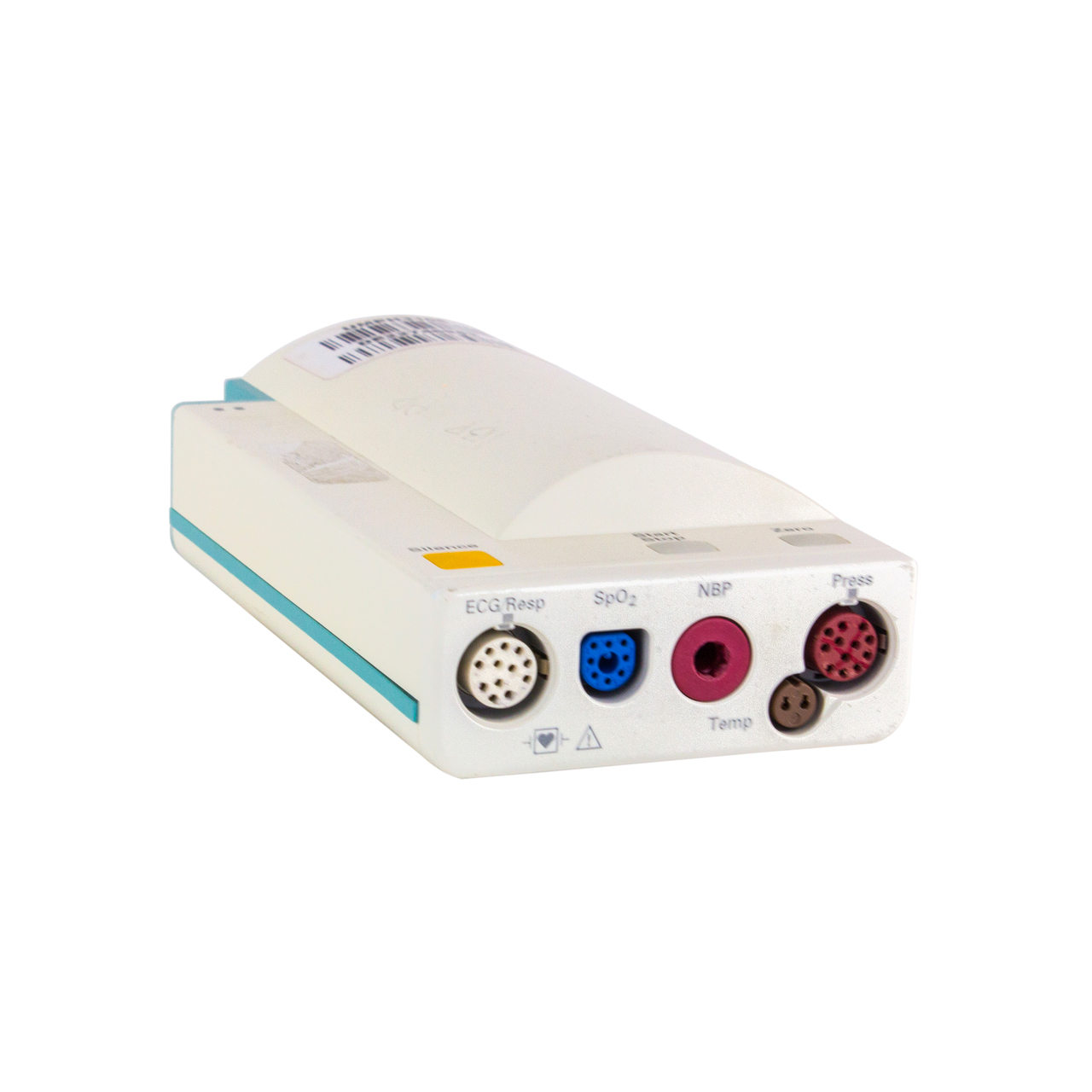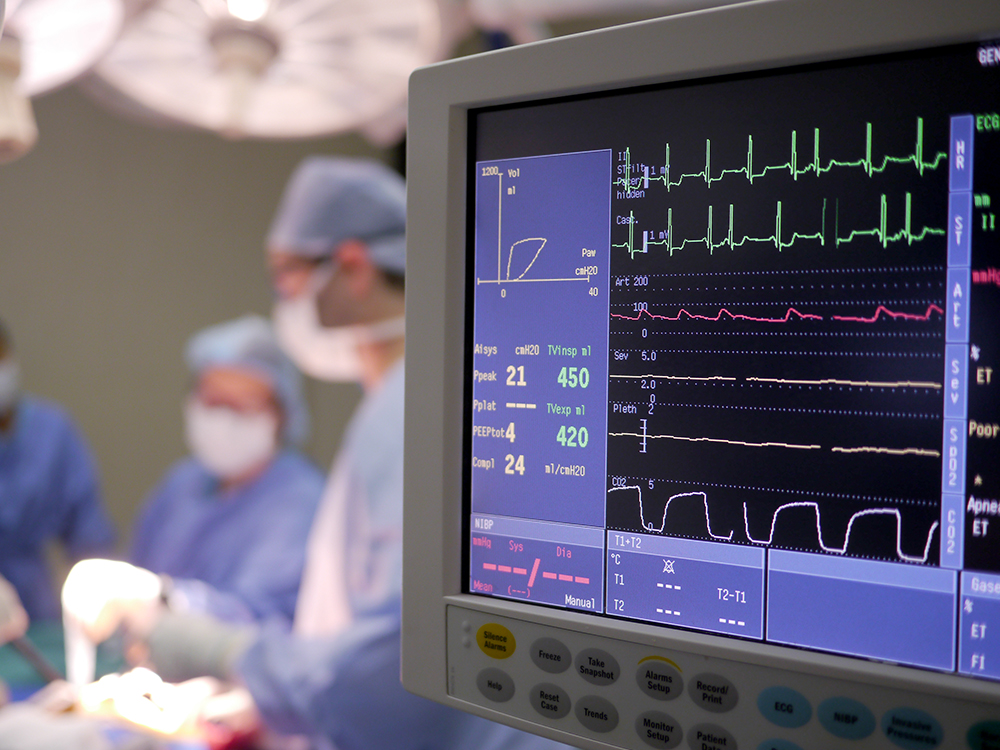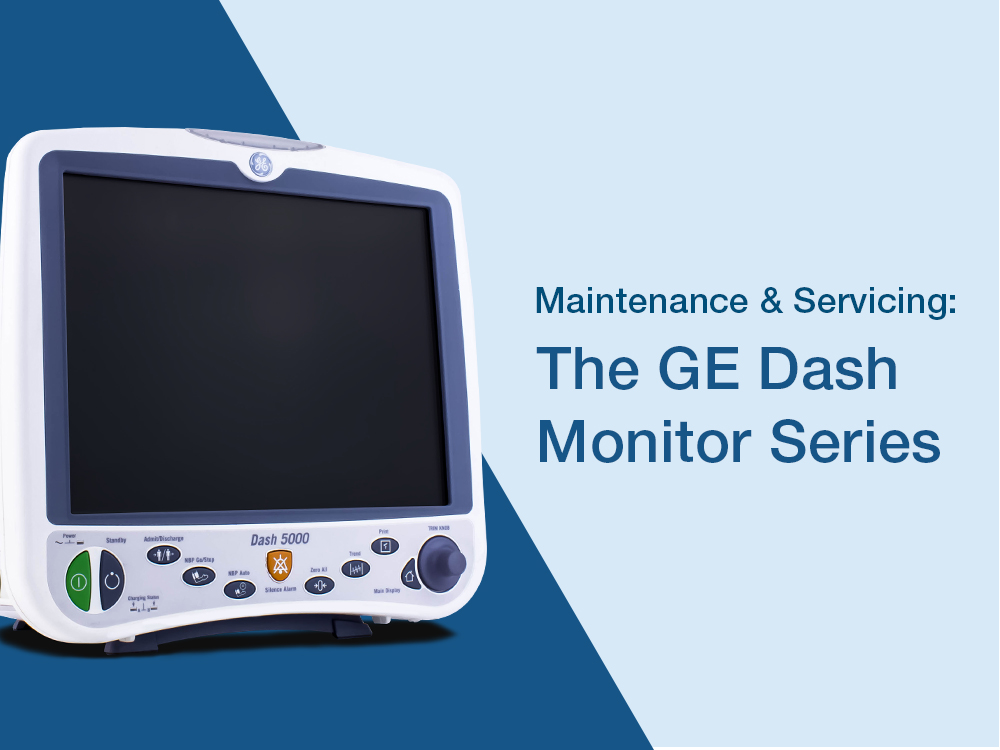Troubleshooting Monitor and Module Incompatibility Issues
May 25, 2023
By Mardy Ludemar Espirtu and Michele Paylor
When testing a device for repair, one of the most common problems a technician encounters is devices that are loaded with software that is incompatible with another units. Monitoring devices are, in practice, supposed to work in conjunction with each other, so incompatibility can be a very serious problem in a patient room or nurse’s central station where the ability to obtain real-time diagnostics and vitals is critical.
How to Identify an Incompatibility Issue in a Philips Monitor
In our experience repairing monitoring equipment, we see this issue occur frequently between monitors and multi-measurement modules (MMS). An example of an incompatibility issue between an MMS module and monitor would be if you had a Philips M3001A MMS Module that was loaded with a lower software edition, like version, “D.” You then paired it with a Philips Monitor that was loaded with a higher software version, like version, “M.”
When you try to pair the MMS Module and Monitor together, you will get the following error code: “MMS Unsupported.” No data will feed through to the monitor because the software on each unit is incompatible with the other. In essence, they are not “talking” to each other.
MMS modules transmit processed data to monitors, generate notifications and back up the transfer of patient data between monitors. Therefore, it is imperative that MMS modules and monitors are compatible and optimally operational. Software revisions and updates can happen periodically or frequently; it all depends on the manufacturer and their need to update or innovate. Manufacturers will also release software updates to correct system errors. Whatever the reason, it is important to keep current on what revisions and updates are released and what they fix, as well as what software versions your devices are currently running.
The chart below is an example of how Technicians keep track of software revisions for the Philips M3001A MMS Module:

As you can see, there are quite a few software versions available for both the MMS Module and Monitor. When it is time for repair or when upgrading your equipment, it is a good idea to make sure that you have this information. A best practice would be to keep records of when software is updated on devices and what software is currently on the device as well. Also, be mindful of software versions when purchasing new equipment; you want to make sure the new device compatible with an older device. You may need to upgrade the software on the older device or purchase the next generation unit if the software cannot be upgraded.
As always, if you are uncertain of your software versions, it is always best to have the device evaluated by a professional. After all, these devices are used for patient care, and you want to make sure that your equipment performs to the standard for which it was manufactured.
About the Authors
Mardy Ludemar Espirtu is Senior Modules Lead and Michele Paylor is Tech Administrator for Avante Health Solutions’ Center of Excellence in San Clemente, Calif. Mai Sumlut and James Manley also contributed to this article. For more information on patient monitoring equipment sourcing, repair, and parts contact Avante Health Solutions or visit avantehs.com/monitoring.




